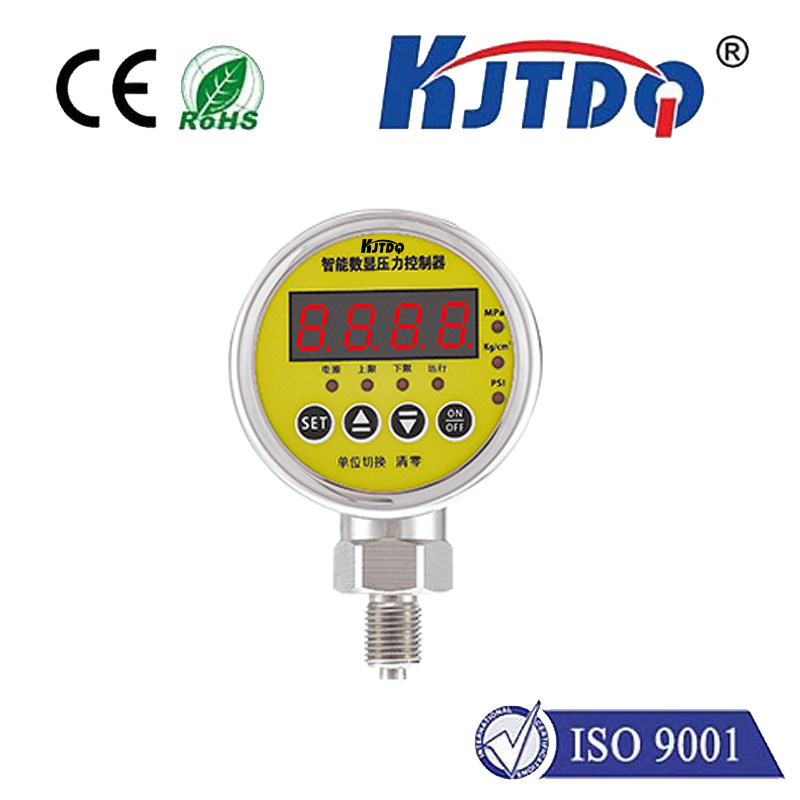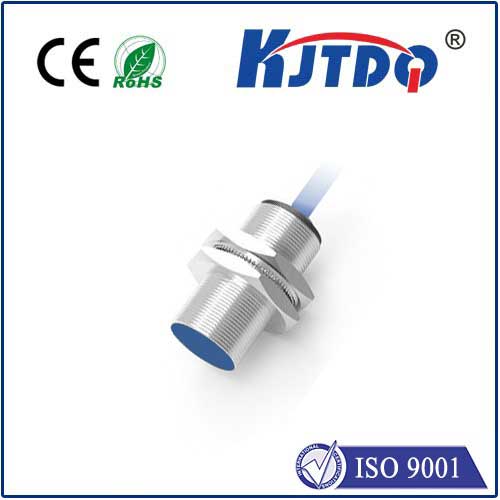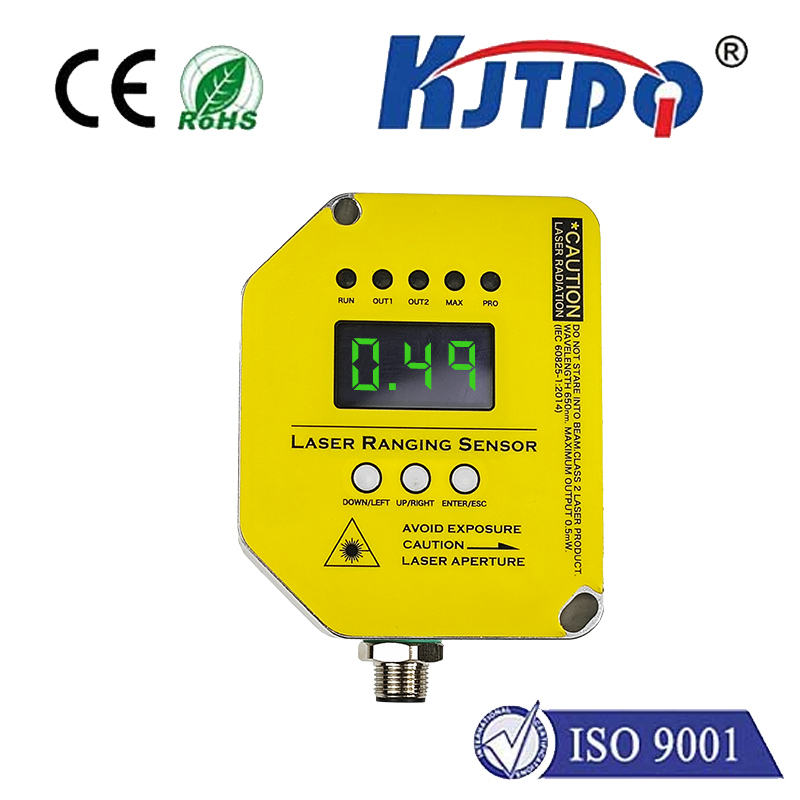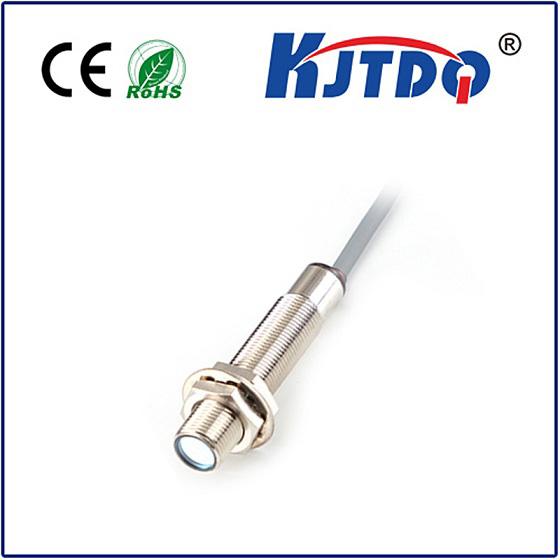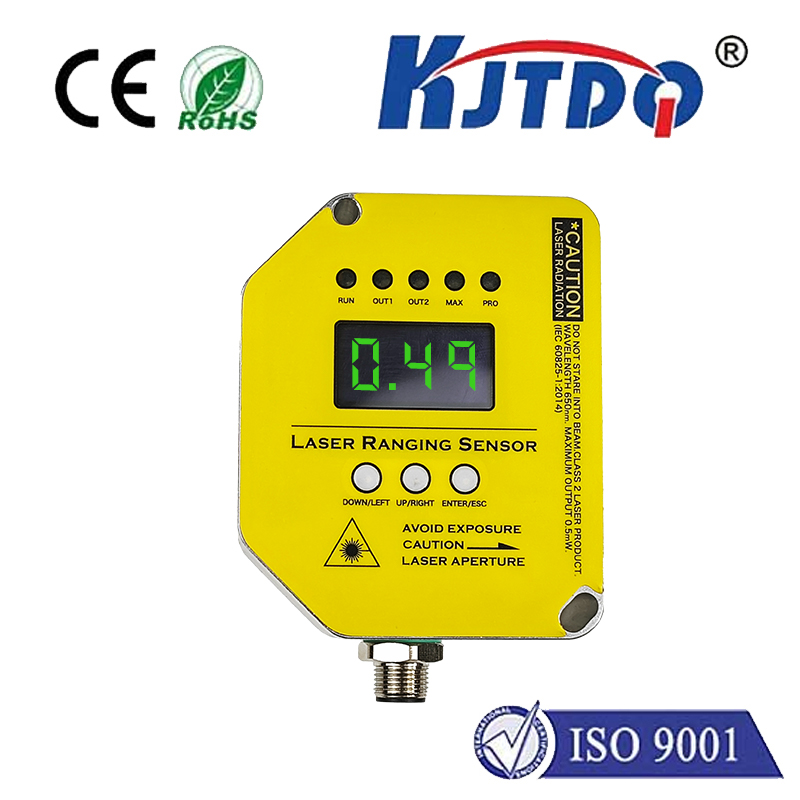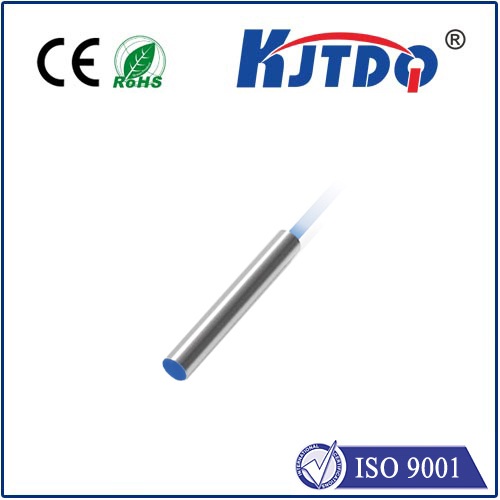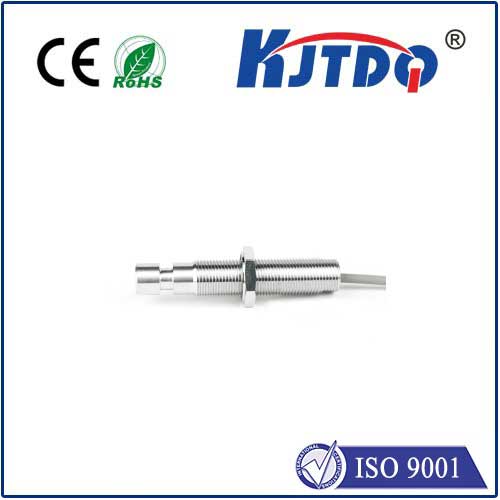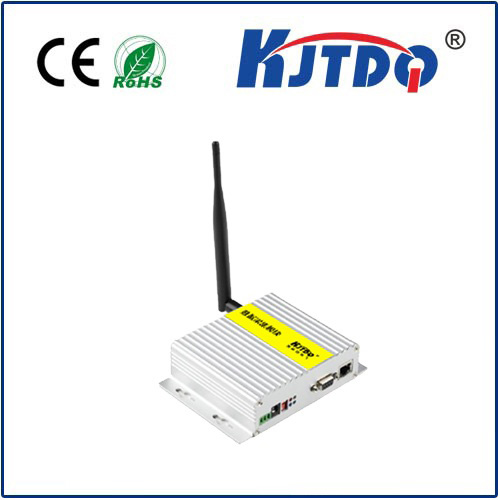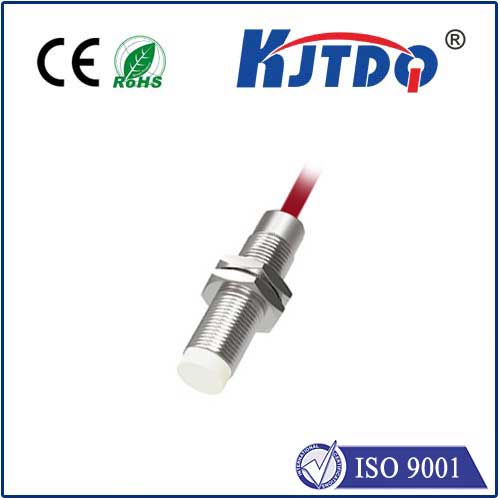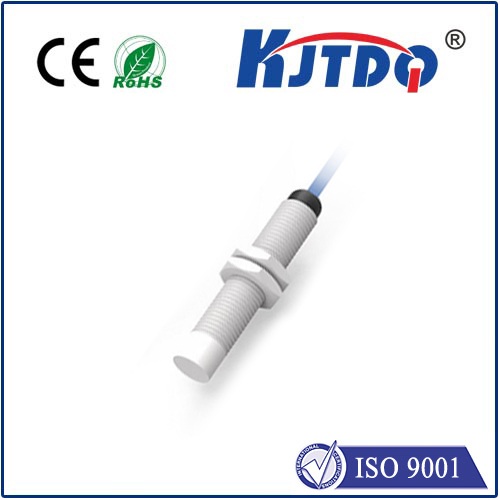
check

check

check

check
Title: Innovative Applications of Slot Type Photoelectric Sensors
Introduction:
In the ever-evolving landscape of industrial automation and manufacturing, sensors play a crucial role in ensuring precise measurements and efficient operations. Among various types of sensors, slot type photoelectric sensors have emerged as a versatile solution for detecting objects and controlling processes. In this article, we will delve into the innovative applications of slot type photoelectric sensors and how they contribute to enhancing productivity and reliability in different industries.
Working Principle of Slot Type Photoelectric Sensors:
A slot type photoelectric sensor operates on the principle of light interruption. It consists of an emitter and receiver unit, which are typically housed in a single housing or placed opposite each other. The emitter produces a focused beam of light that is received by the detector when there is no object present. When an object passes through the slot between the emitter and receiver, it blocks the beam, causing a change in the output signal of the sensor. This simple yet effective mechanism allows for accurate detection of objects with varying shapes, sizes, and materials.

Benefits of Using Slot Type Photoelectric Sensors:
Slot type photoelectric sensors offer several advantages over traditional sensors. Firstly, they provide high-speed response times, making them suitable for high-speed production lines. Secondly, they can detect a wide range of objects, including transparent, reflective, and small items that may be challenging for other sensor types. Additionally, they are less susceptible to environmental factors such as dust, moisture, and temperature fluctuations, ensuring reliable performance in harsh industrial environments.
Applications in Manufacturing:
In the manufacturing industry, slot type photoelectric sensors are extensively used for product counting, alignment, and quality control purposes. For instance, they can accurately count products moving on a conveyor belt or monitor the positioning of components during assembly processes. By integrating these sensors into automation systems, manufacturers can achieve real-time monitoring and adjust production parameters accordingly, resulting in increased efficiency and reduced waste.
Applications in Logistics and Warehousing:
In logistics and warehousing, slot type photoelectric sensors play a vital role in inventory management and sorting operations. They can detect the presence or absence of items on shelves or conveyors, enabling automated replenishment systems to function effectively. Moreover, they are essential components in sorting machines that separate packages based on size, weight, or destination, ensuring timely delivery of goods to customers.
Applications in Retail:
The retail industry also benefits from the capabilities of slot type photoelectric sensors. They are commonly used in checkout systems to scan barcodes on products quickly and accurately. By integrating these sensors into self-checkout kiosks or automatic payment terminals, retailers can enhance customer convenience while reducing queue times and labor costs associated with manual cashier operations.
Conclusion:
Slot type photoelectric sensors have proven their versatility and effectiveness across various industries by providing precise object detection and control capabilities. With their ability to operate in diverse conditions and adapt to changing requirements, these sensors have become an integral part of modern automation systems. As technology continues to advance, we can expect further innovation in the development and application of slot type photoelectric sensors, leading to even greater improvements in efficiency and productivity.
